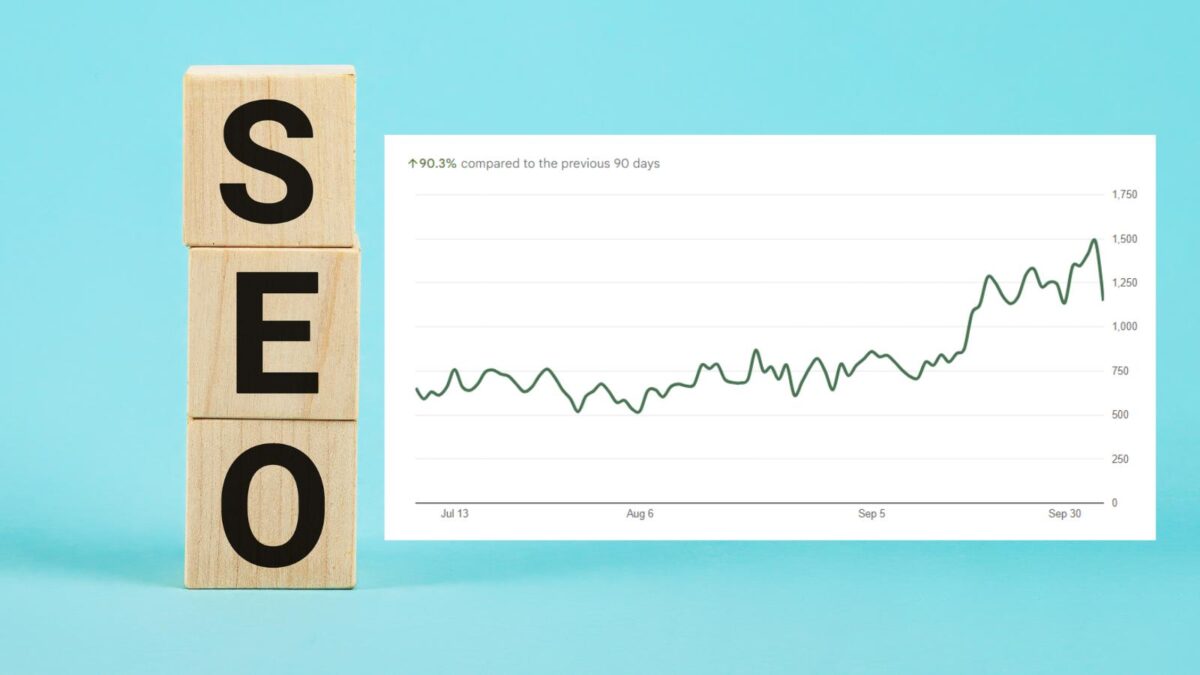The financial world is brimming with potential, and the investing niche offers numerous opportunities for aspiring bloggers. Starting a trading blog can seem like a monumental task, but with a clear vision, meticulous planning, and a willingness to learn, you can create a platform that resonates with readers.
It can set you apart in the industry.
Table of Contents
Identifying Your Trading Niche
Before you dive headfirst into blogging, it’s essential to carve out a unique space for yourself within the vast financial world. Are you captivated by cryptocurrency, or are your insights more attuned to trading in stocks?
Do you have a knack for futures trading, or does the fast-paced world of Forex get you excited?
Determining your niche helps to lay a solid foundation for your blog and ensures you’re writing about what genuinely interests you. Take inspiration from prominent figures in the industry, such as James Cordier.

Creating Your Unique Voice For Trading Blog
Once you have zeroed in on your niche, it’s time to refine your unique voice. Authenticity is key in the world of blogging. Your voice, your perspective, and your insights are what will set you apart from the crowd.
You want to deliver expert advice, but in a tone that’s approachable and relatable. Think about your audience.
What’s their level of trading knowledge? What’s their language preference? Reflect on these elements and craft a tone that suits your readers.
Choosing The Right Platform
The platform you choose to launch your blog will determine a few things, including its functionality and scope for customization and growth. WordPress is a popular choice among bloggers in all niches thanks to its flexibility, SEO-friendly features, and a plethora of themes and plugins.
On the other hand, if you’re less familiar with web design and prefer the idea of a platform with intuitive drag-and-drop builders, you might want to consider something like Wix or Squarespace.
To make the right decision, consider your technical skills, budget, and the specific needs of your blog.
Appealing and Informative Design
Your blog’s design is the first impression you will make on your visitors, so it needs to be inviting, intuitive, and aligned with your brand.
Make sure that your day trading blog is mobile-friendly, as a large portion of readers today, including members of day trading groups, access content on their smartphones or tablets.
But, more importantly, it should make finding information as effortless as possible.

Quality Content Is King
To keep your readers coming back for more, it’s important to provide valuable content on your trading blog. Be consistent in your postings, keep your information current, and don’t shy away from complex topics.
Break them down into digestible, easy-to-understand pieces, and your readers will appreciate the knowledge you have to offer.
A blend of trading tips, market analysis, personal experiences, and industry news will keep your blog content rich and diverse.
Engage With Your Readers On Your Trading Blog
Engagement is the lifeline of any blog. Make sure that you respond to comments, ask for feedback, and create a sense of community among your readers.
For an added kick you might want to start a forum around stock trading as a passion and hobby. Maintaining an engaged stock trading community can be a factor that sets you apart from your competitors.
You might even want to consider launching a weekly or monthly newsletter to keep your readers informed and engaged. Remember, your blog isn’t just a platform for sharing information; it’s a tool for building relationships.
Promotion and Monetization
Now that you have a blog, let the world know about it! Leverage the power of social media, participate in online trading forums, and consider guest posting on established blogs.
As your blog grows, explore avenues for monetization. From affiliate marketing to sponsored posts, there are several strategies you can use to turn your passion for trading into a profitable venture.
Make Your Trading Blog Discoverable
Along with establishing your content and cultivating a following, you should also focus on maximizing your trading blog’s visibility through Search Engine Optimization (SEO).
SEO is a powerful tool to help your blog appear higher in search results, ultimately attracting more readers who are searching for relevant terms, such as ‘trading in stocks’.
Keywords are crucial in SEO, so use a tool like SEMRush or Ahrefs to discover and then incorporate relevant trading terms that your audience is searching for. Optimize your images using alt text and make use of meta descriptions for your posts.
Remember, SEO isn’t a one-time activity – it’s an ongoing process that adapts to the ever-changing algorithms of search engines. With effective SEO strategies, your trading blog will continue to grow, reaching more aspiring traders and enthusiasts.
Understand Your Blog’s Performance with Analytics
Once your trading blog is up and running, it’s important to continuously track its performance. This is where analytics come in.
Tools like Google Analytics can provide valuable insights about your audience, such as which posts are most popular, where your traffic is coming from, and what times of day people are visiting your blog.
Understanding these metrics allows you to adjust your content strategy, enhance user engagement, and ultimately, drive more traffic to your blog.
Remember, data is your best friend. By leveraging analytics, you can ensure your blog not only survives but thrives in the busy trading blogosphere.
Ongoing Learning and Adaptation
Investing and trading is a dynamic field that’s always evolving, and your blog needs to reflect that. Staying informed about the latest industry trends, market shifts, and strategies is paramount. It’s crucial to engage in continuous learning and adapt your content as necessary.
Participate in financial workshops, attend webinars, read relevant books, and network with other investment experts and enthusiasts. This will help you stay at the forefront of industry knowledge, so you can ensure that your financial blog continues to be a valuable, up-to-date resource for your readers.
Knowledge isn’t just power – it’s the key to your blog’s long-term success.
Conclusion – Making A Successful Trading Blog
Starting a trading blog is an exciting journey filled with learning and growth. By following the above steps, you will be able to lay a strong foundation for building a successful blog and turning your interest into your full-time job.
Remember, persistence is key when it comes to success in blogging. Keep learning, keep evolving, and let your passion shine through your words.
If you have a trading blog, I’d love to hear from you in the comments below for more tips and ideas.
- Why Are Businesses Prioritizing PPC Agencies in 2025? - July 1, 2025
- How To Use Twitter Effectively To Make More Sales On X - June 28, 2025
- What Are Instagram Collections and How They Have Replaced Guides - June 27, 2025



